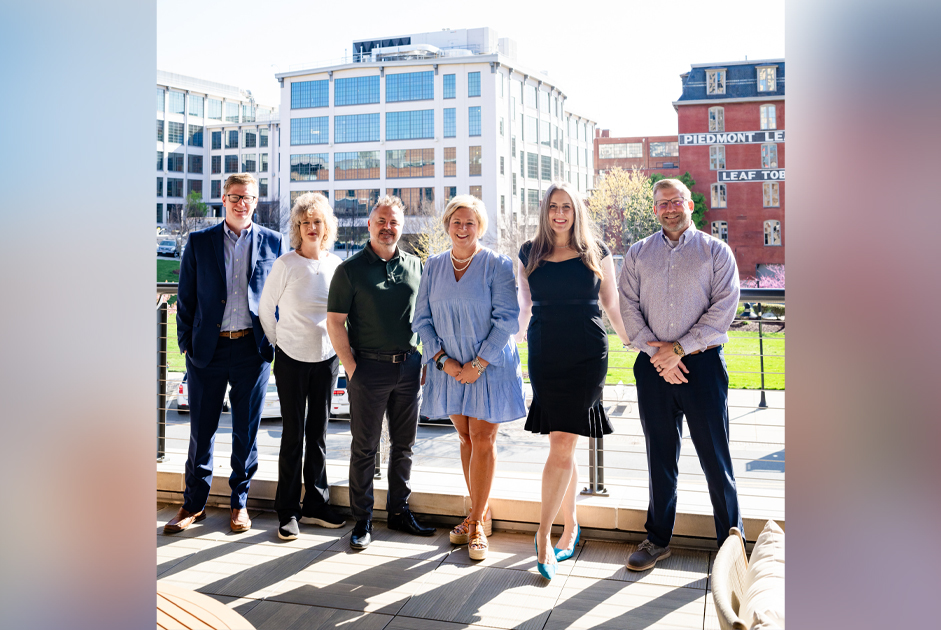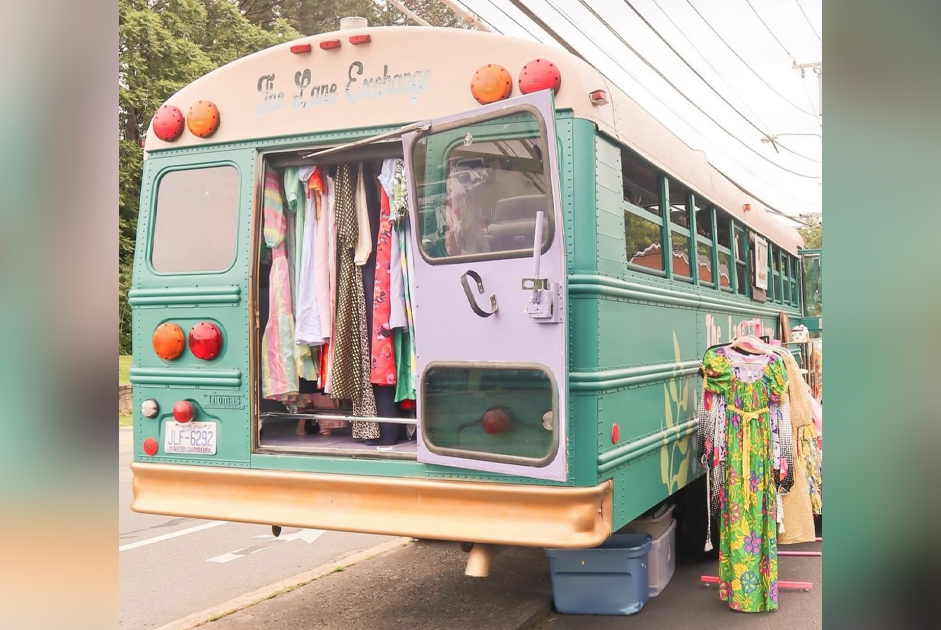Over the past several years, downtown Winston-Salem has grown in more ways than one. It has become the hot spot for eclectic shops and restaurants, popular parks and hangouts, and has drawn locals to the new apartments and condos. The downtown area has made a huge impact on the community and has helped transform the Camel City into the City of Arts and Innovation. But, have you ever wondered how the area became a beloved and trendy part of the city? For the next few months, I’ll be taking a look at the many parts of downtown Winston-Salem. Let’s start with a trip back in time.
Two Towns Become One
Originally, Winston-Salem was two towns – Winston and Salem. In 1753, the town of Salem was settled by the Moravians. The name means “peace” and comes from the word “shalom.” However, before the Civil War, only members of the Moravian Church were allowed to live in the town. During December 1856, the area was incorporated into an official town. A few years before, in 1849, the church congregation sold land in the north part of Salem to the newly organized Forsyth County for a county seat. Two years later, this land was renamed Winston, after the local Revolutionary War hero, Joseph Winston.
Soon, Winston becomes a roaring business town. In 1868, Thomas Jethro Brown built the town’s first tobacco warehouse and Pleasant Henderson Hanes established the first tobacco factory and eventually moved into textiles. Richard Joshua Reynolds moved to the area from Patrick County, Virginia, and in 1875, founded his first tobacco factory. According to historians, by the 1880s, there were almost 40 tobacco factories in Winston.
As for the creation of the town of Winston-Salem, we can thank the United States Post Office for that. During the 1880s, the US Post Office began referring to the two towns as one name, Winston-Salem, because of their close proximity. Then, in 1899, the US Post Office Department created the Winston-Salem post office in Winston and turned the former Salem office into a branch. It wasn’t until 1913 when a referendum passed that the two towns were officially incorporated as one.
A Booming City
The downtown Winston-Salem that we know today was actually the town back in the late 19th century and beginning of the 20th century. Areas such as Pfafftown, Clemmons, and Lewisville were considered county. In fact, the Reynolds family built Reynolda House as a “house in the country.” As for the new town of Winston-Salem, its growth and expansion can be credited hugely to the Reynolds family and the R.J. Reynolds Tobacco Company. Thanks to the company importing French cigarette paper and Turkish tobacco for the Camel cigarettes, the city was named an official port of entry to the United States by the federal government. Also, town records show that by the 1940s, 60% of Winston-Salem’s residents worked for either Reynolds or the Hanes textile factories. Other contributions from the Reynolds family and the tobacco company include building 180 houses for their workers in 1917 and calling it “Reynoldstown.”
Today, the area is a Historic District and includes neighborhoods on Eighth and 10th streets and Jackson Avenue to Camel Avenue.
Twelve years later, the Reynolds Building was completed with an astounding 21 floors and was the tallest building in the country south of Baltimore, Maryland. A fun fact about the building is that it is the prototype for the Empire State Building in New York City.
The business growth and employment opportunities affected the city’s population. Census records show the population in 1920 was 48,395, making Winston-Salem the largest city in North Carolina at that time. (The most recent census determined the population of the Camel City to be 242,203 in 2017!)
The Future of Winston-Salem
As more residents poured into the city, Winston-Salem responded by creating more businesses, factories, churches, hospitals, parks, and schools. In 1913, city officials voted to add numbers to houses, all carbon street lights, and to pave East Fourth Street and First Street. A new city hall site was created in 1920 and two years later, in 1922, electric traffic signals were installed. Little did the city officials and residents of Winston-Salem know that the expansions and successes of the (downtown) area would be repeated almost 100 years later.



















